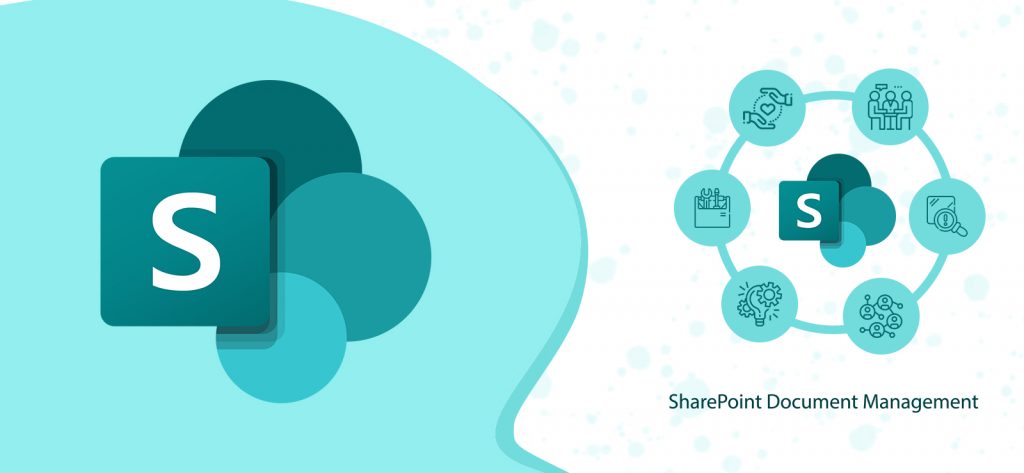Read time 4 minutes
When an organization adopts the SharePoint platform to manage its documents on a large scale, then they are not aware that it needs the services of a seasoned SharePoint administrator to make use of the full potential of the SharePoint document management system. Several issues need professional attention, such as:
- File duplication
- Security issues
- Exceeding the URL size limitation
- Exceeding the threshold limit of 5,000 items list view on the library items
- Lost documents
- Unfamiliar user-interface
- Navigation
- Sharing of files
- Avoiding conflicts
You require some SharePoint document management best practices to handle the above-noted issues effectively.
SharePoint Document Management System Methods
Here is a Quick Checklist for SharePoint Migration that an administrator must have before planning a migration to SharePoint:
- What kind of sites and documents are important in the organization?
- How to manage the metadata for the documents and sites?
- How to store the documents and manage subsites in the sites?
- How to control access in the documents and sites?
The answers to all these questions depend on the culture of your organization. Your methods or tools should be flexible enough to help you control the sites.
You can follow the following practices to utilize the SharePoint document management system for your business fully:
- Enable versioning – Enable the versioning for the documents increases the security and availability of data. The versioning helps you access the older document version in case you want the data before it was changed.
You can create versions for both major and minor changes, and settings are available to specify how many minor or major versions should be retained. Ideally, you should maintain a versioning limit of up to 10 for both major and minor versions. You should set a limit for it because having more versions for a large file will consume more storage space.
- Index the columns – When the number of documents increases, you need to organize your data more smartly. Some crucial list and library features can prove to be useful in managing a large number of documents.
You can index a column of the large list or library. The index on a column will enable SharePoint to quickly find the data in the list or library. Using the index, you can search and find thousands of files in a minimum time. You should apply the filter to search the files in the indexed columns. As the additional indexes in the column consume additional space in the database, you should create additional indexes only on such lists and libraries that are used very frequently.
- Follow file naming conventions – The name given to document libraries should be logical enough to identify the type of the type of documents they store. You should not use any special character in naming the document library. Use shorter and intuitive URLs for the document libraries. There should be no space in the internal names of the document library, although you can put the space for naming the document library. It is one of the SharePoint document management best practices to keep the document name readable and useful.
- Maintain same type of content in the document library – Generally, administrators put different types of content in the same document library to save time and energy. But you should maintain only one type of content in a document library. This ensures that document libraries are better organized.
- Maximize the usage of metadata – When you are applying the tagging for your data in the document library, it reduces the need for creating multiple folders. Tagging is always more flexible as it increases the availability of data. The metadata allows you to access the data quickly and improves better reporting because creating reports in multiple folders is difficult.
After reading all the above-mentioned practices of managing the SharePoint document management system, you can optimize the collaboration between the team members and departments.
Final Words
You can follow multiple practices in your SharePoint environment to simplify it and enhance productivity. You should follow the best document and site management techniques for sites, document libraries, etc. And when you want to upgrade SharePoint, you may need to maintain the environment you created. That’s why you should use the Kernel Migrator for SharePoint tool to migrate to a different SharePoint version. This SharePoint Migration tool supports all the versions of SharePoint, and you can get additional features like filters, version migration, migration scheduling, and more. The software will ensure that your SharePoint accounts’ current environment moves safely to another account, and you can retrieve the best benefits of the SharePoint document management system.
